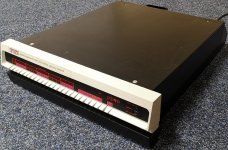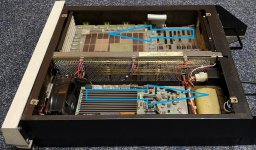intabits
Experienced Member
A quick look inside a DEC PDP11/05, made in Ireland back in about 1973.
The power supply has some bad electrolytic capacitors, so power on and tryout will have to wait until they have been replaced.
https://www.youtube.com/watch?v=JA9q6E1sv1I
The power supply has some bad electrolytic capacitors, so power on and tryout will have to wait until they have been replaced.
https://www.youtube.com/watch?v=JA9q6E1sv1I


